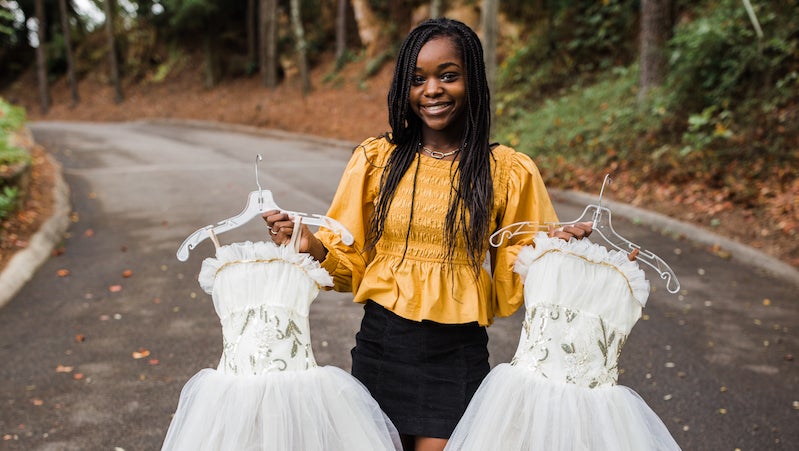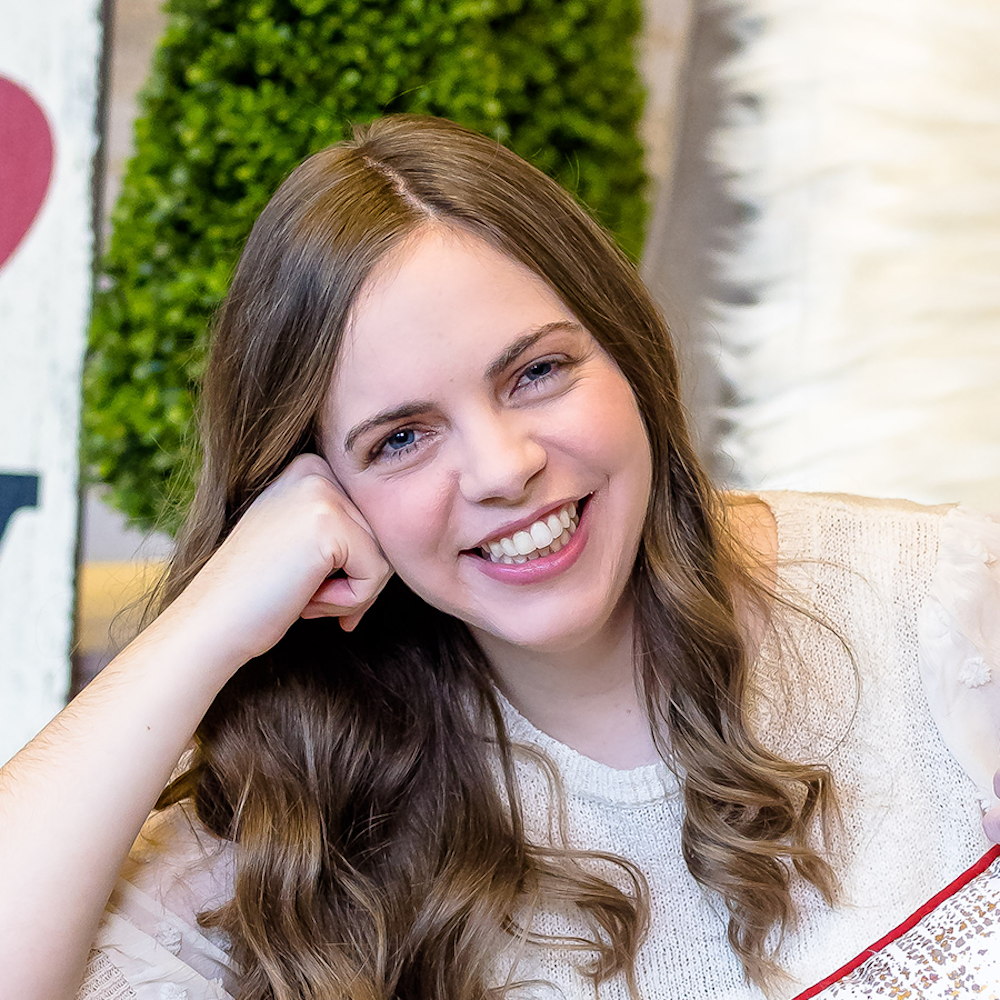By Sara Guven
For many it’s a rite of passage for little girls to take ballet lessons. Mothers take their daughters to dance class every week, uncontrolled limbs striving towards grace, and after a year of practice, the big day comes. Tutus lined up in a row, small ballet shoes dancing around wildly in excitement for the stage, tights and leotards pulled on with much difficulty, wild hair tied up into a perfect bun, cheeks flushed with blush for the first time. Mothers wants to see their little girls succeed, and that first recital is a significant moment of joy in a mother’s story. But for mothers of dancers of color, that experience can be one of sadness as they watch their daughters, who should be gaining confidence and pride, learn about the disparity that exists between them and their friends.
The art of ballet originated in Renaissance Italy in the 15th century, and grew across the centuries and continents to become the formal, intentional and graceful style recognized today. However, ballet’s European origins still dominate the art, six centuries later. The pale, flesh-colored pink that tights and pointe shoes are typically colored is so synonymous with the art that the shade itself is named “ballet pink.” The intention is that dancers’ skin blends with their costumes and shoes in order to create an illusion of perfection and even longer, more limber legs.
But for dancers of color, the concept of ballet pink represents a challenge. Ballerinas are expected to perform with precision and conform to the vision of a piece as a whole. Part of that vision is coherence between every dancer’s appearance, meaning dancers of color are expected to wear the “nude” ballet pink that uncomfortably highlights the difference between their skin and the “right” color for ballet. Dancers of color around the world are starting to grapple with that experience and are asking: Why does ballet inherently exclude their skin color?
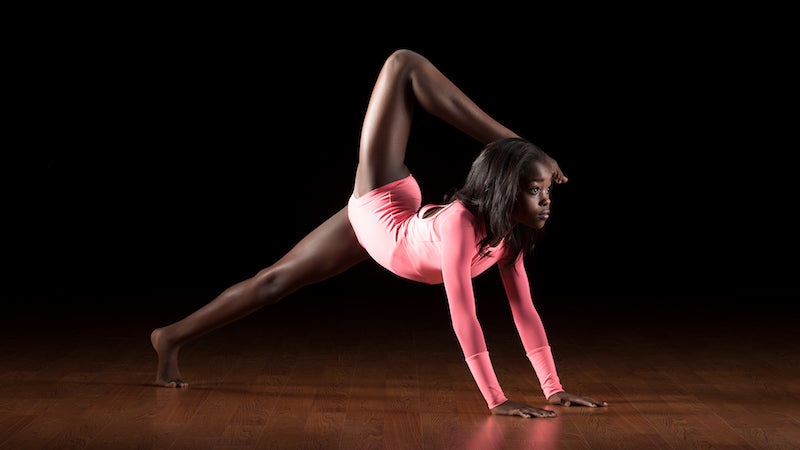
Quincy Wilson is one of them. Now sophomore at Vestavia Hills High School, she’s been dancing since she was 3 in jazz, ballet, hip-hop, and contemporary styles and has been doing so competitively since age 6 or 7. A passion for dance simply runs in the family. Her grandmother, mother and sister all danced into adulthood, and Quincy carries on the family legacy with Birmingham Dance Theatre, where she has competitively danced locally, regionally and nationally.
Despite her love for dance, though, as a young woman of color, she shares the experience of feeling excluded. “I didn’t really think about it that much back then (when I was younger), but I had to had to color the straps or mesh on my costumes through a process called ‘pancaking,’ where foundation makeup is used to make these items match the color of my skin,” she recalls. “Why do I have to do this and none of my friends do?” she started to ask.
On the competition circuit, Quincy’s experiences have been mostly positive but describes a disappointing observation: “Over my eight years of doing competitive dance, on most competition circuits, especially the big ones, I don’t think I’ve ever seen a Black dance teacher who wasn’t a hip-hop dancer.” As a student whose dreams are to dance professionally in a variety of styles, she shares that it can be disheartening. “Seeing how I’ve never been able to look up to someone who’s doing exactly what I want to do and who looks like me, that has been something I’ve had to deal with.”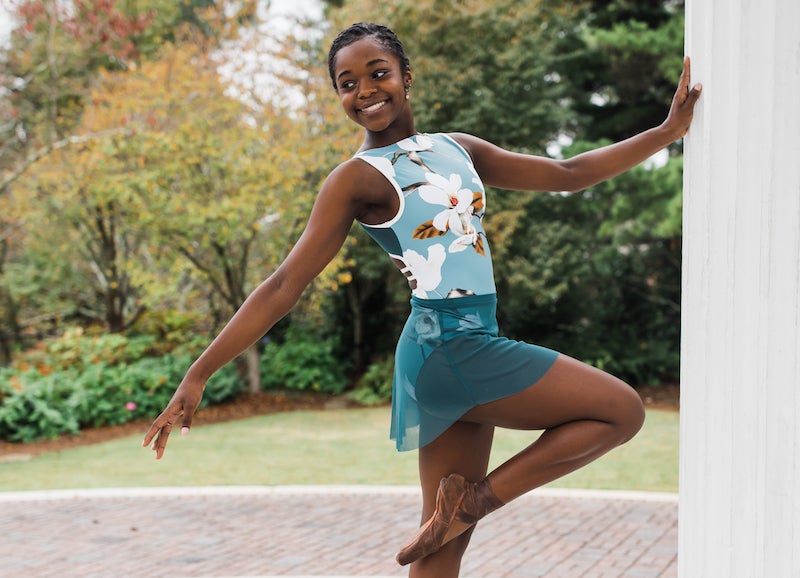
Her freshman year of high school, Quincy danced for the Vestavia Rebelettes. As part of the team, she recalls that for the first time, she was able to wear tights and shoes that matched her skin color. “It was an amazing feeling,” she says. “It made me dance with a lot more confidence. I was finally wearing something that matched me for once, and not everyone else.”
Although it was empowering to her, some people were alienated by it. “Some of my classmates did make comments about it. They were like, ‘That looks so weird! Why are you doing that?’” Although those comments hurt, she was able to remain proud of her choice. “I was just like, ‘You know, I’m finally able to express myself in my skin color.’” That feeling of empowerment inspired her, and now she wants all dancers of color to be able to experience it.
To do so, this year she founded Variation en Hue, a project to promote inclusivity in ballet and spread awareness by providing shoes, tights and costumes of different skin tones to dancers of color. Partnering with Brown Girls Do Ballet, an organization that promotes inclusivity in ballet nationally, Quincy collects used costumes and donates them and flesh-tone tights and shoes to studios across the globe, and she also raises money for brown dancers to purchase darker-toned tights and shoes.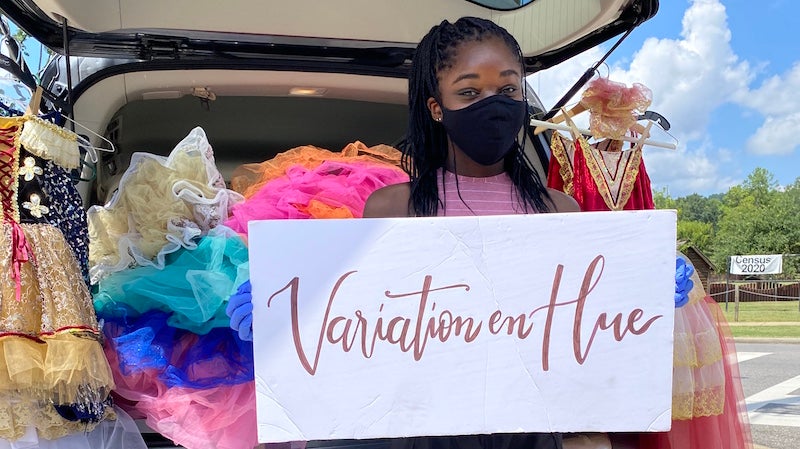
While it has been a challenge to handle Variation en Hue between four hours of dance a day during the week and staying on top of honors classes at school, Quincy is proud of the success she’s had so far. She has collected more than 400 costumes and is in the long process of cleaning and shipping to places in the United States as well as Guatemala and Kenya, and she can’t wait for the day that they finally get to their new owners. “I just want to get them out to people and see them on the dancers and know that they’ve found their home,” she says with a smile.
Down the road, Quincy dreams that her project will grow and continue on even after she moves on from Birmingham. She aims to continue growing the project and expanding its reach to a national initiative. As for her own future, Wilson dreams of a career in professional dance, either in Hollywood or on Broadway—and of a world where all dancers feel included and all little girls can chase their dreams without limits. “I don’t see myself ever stopping dancing,” she says.
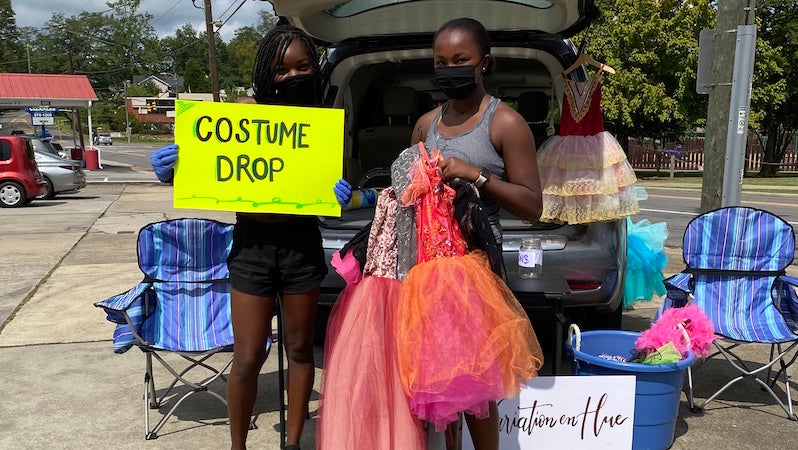 Support Variation en Hue
Support Variation en Hue
Donate Dance Supplies
To donate new or gently used flesh tone tights, ballet or jazz shoes, or costumes, contact Quincy via direct on social media to schedule a pickup. Or, packages can be shipped to: Variation en Hue, P.O. Box 59748, Birmingham, AL 35259-9748.
Make a Financial Donation
For monetary donations, checks can be sent to Quincy Wilson for Variation en Hue, P.O. Box 59748, Birmingham, AL 35259-9748, or you can give online at browngirlsdoballet.com (click “Donate” and specify “Variation en Hue” under the Additional Information step).
Keep in Touch
For more information on Variation en Hue, visit browngirlsdoballet.com/variation-en-hue, or follow them on Instagram at @variationenhue or Quincy Wilson @quincy.wils.

